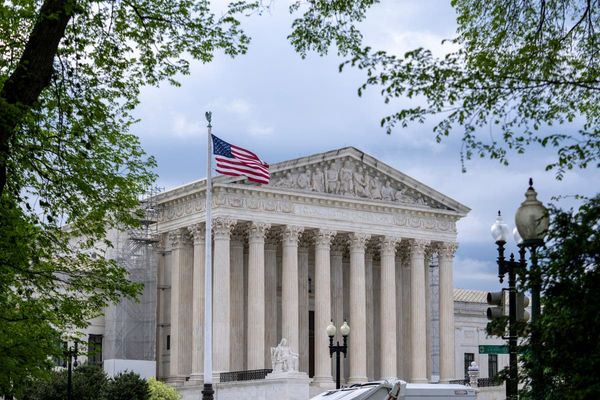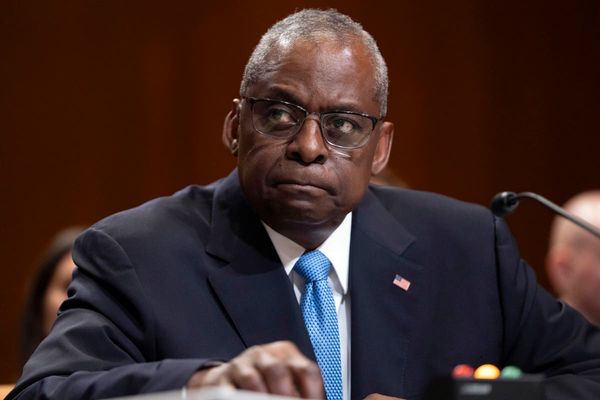
Photographer and activist LaToya Ruby Frazier’s Monuments of Solidarity is monumental in all senses of the word. This retrospective covering over 20 years of the artist’s output represents an opportunity for Frazier to not only show a body of work that she has devoted her creative life to, but also to show it in a way that she never thought she might be able to.
Comprised of a series of installation pieces that Frazier has declared “workers’ monuments”, this exhibit has given the photographer a rare chance to show her work on her terms – that is, to not merely show her photographs as pictures on walls, but to contextualize them via installation work that give a sense of the full networks of relationships and activism that she has built up while taking the photos. According to Frazier, it was an unexpected delight that an institution like New York’s Museum of Modern Art (MoMA) granted her the authority to do this exhibition on her terms. “This has been the most organic, harmonious working relationship,” she said. “They have let the work lead, which is really big.”
For the show, Frazier collaborated with longtime MoMA curator Roxana Marcoci, who first became acquainted with the photographer’s work during a panel in which Frazier showed a slide of a workers’ monument that she made to commemorate the United Auto Workers. From there, the collaboration evolved into a full-on survey, which was an unexpected surprise for the artist. “When they asked if I would be interested in doing an actual museum survey, it kind of blew my mind, because I’m only 42,” Frazier said. It was the kind of opportunity that artists dream of getting. “Every one of my bodies of work has been re-adapted to be a workers’ monument,” she said. “It’s the opportunity of a lifetime.”
Frazier has in fact received very widespread, substantial acclaim. In 2015, at age 33, she received a MacArthur Genius grant – following up on a Guggenheim the year before – she has received numerous awards for her photography, and Time magazine recently named her one of the most influential people of 2024. Frazier arranges her output among numerous “bodies of work”, the first of which was her Notion of Family, started in 2001 and formally completed 13 years later. In it, the artist forges a collaboration with her mother and grandmother, and from this nucleus she widens out her scope to record the post-industrial decline of her hometown, Braddock, Pennsylvania, site of Andrew Carnegie’s first steel mill.
Frazier’s roots as a working-class daughter and granddaughter of women who lived their lives in Braddock are very much a guiding force throughout her output. She is very forward about the fact that she makes photographs of everyday Americans for everyday Americans, and she bristles at the suggestion that she be pigeonholed as a Black artist. Following The Notion of Family, subsequent bodies of work document the struggle to save Braddock’s community hospital, the water crisis in post-industrial Michigan town Flint, a collaboration on Pittsburgh’s steel industry with artist Sandra Gould Ford, who was a former employee of the Jones and Laughlin Steel Company, and a chronicle of the final days of the General Motors auto plant in Lordstown, Ohio. “All the things I’m covering are all things I’ve experienced,” she told me. “I come from community that’s been forgotten. Being a little girl coming of age, looking at the impact of Reaganomics in my community, it was a very real and visceral thing for me.”
As a photographer, Frazier seems almost compelled to blur the lines between herself and her subjects, becoming deeply involved in their lives and struggles, and those of the broader communities they represent. For instance, Frazier found herself deeply entwined in the battles waged by her subjects when she journeyed to Flint, eventually connecting with the poet and activist Shea S Cobb and her family. The project began as a five-month commission with Elle magazine, but once she arrived on the ground there, Frazier began to believe that much more time was needed to tell the story. “By the time the photo series was released, things had changed, and it didn’t feel right,” she told me. “It felt necessary to go beyond it. That’s when I realized why it’s so necessary to have artists who want to tell the story for a period of years.”
Frazier ended up not only documenting Cobb’s life in Flint but also Cobb’s “reverse migration” back to Mississippi with her daughter Zion, as well as Frazier and Cobb’s efforts to bring an atmospheric water generator back to Flint, which was still suffering from its water crisis years later. Cobb ended up using her own photos as a resource to raise money for the generator. “This is the kind of stuff that lights a fire under me,” she said, “seeing these Black women just being so resilient in the face of spatial and structural racism. It is what was keeping me engaged and wanting to keep shouldering it with them.”
Monuments of Solidarity makes the case for this maximalist approach to photograph, one in which the photographer is never just a documenter, but an active agent in the story being investigated. “What I’m really doing is organizing through the process of making photographs,” she said. “I help viewers see like: ‘Oh, I can take pictures and tell stories and organize in my local community on the ground.’ I don’t think people understand the fullness and potential of photographers, how you can use the power of photographs to make real institutional change.”
Frazier’s show concludes with a monument to labor leader and civil rights activist Dolores Huerta, a figure whom Frazier links to Dorothea Lange, an artist who looms large over her work. Frazier places Huerta next to Lange’s iconic portrait of Florence Owens Thompson, a working-class woman whom Frazier sees are mistreated, forgotten, and robbed. “I’m creating a correction to that history,” she said. “Paying the homage and respect back to Dorothea Lange, back to Florence Owens Thompson, through what Dolores Huerta represents. It’s a beautiful, touching way to bring back a correction, a reframing of these histories and a subversion of these power dynamics. And that’s what I really want Americans to learn.”
LaToya Ruby Frazier: Monuments of Solidarity is on view at the Museum of Modern Art in New York from 12 May to 7 September







